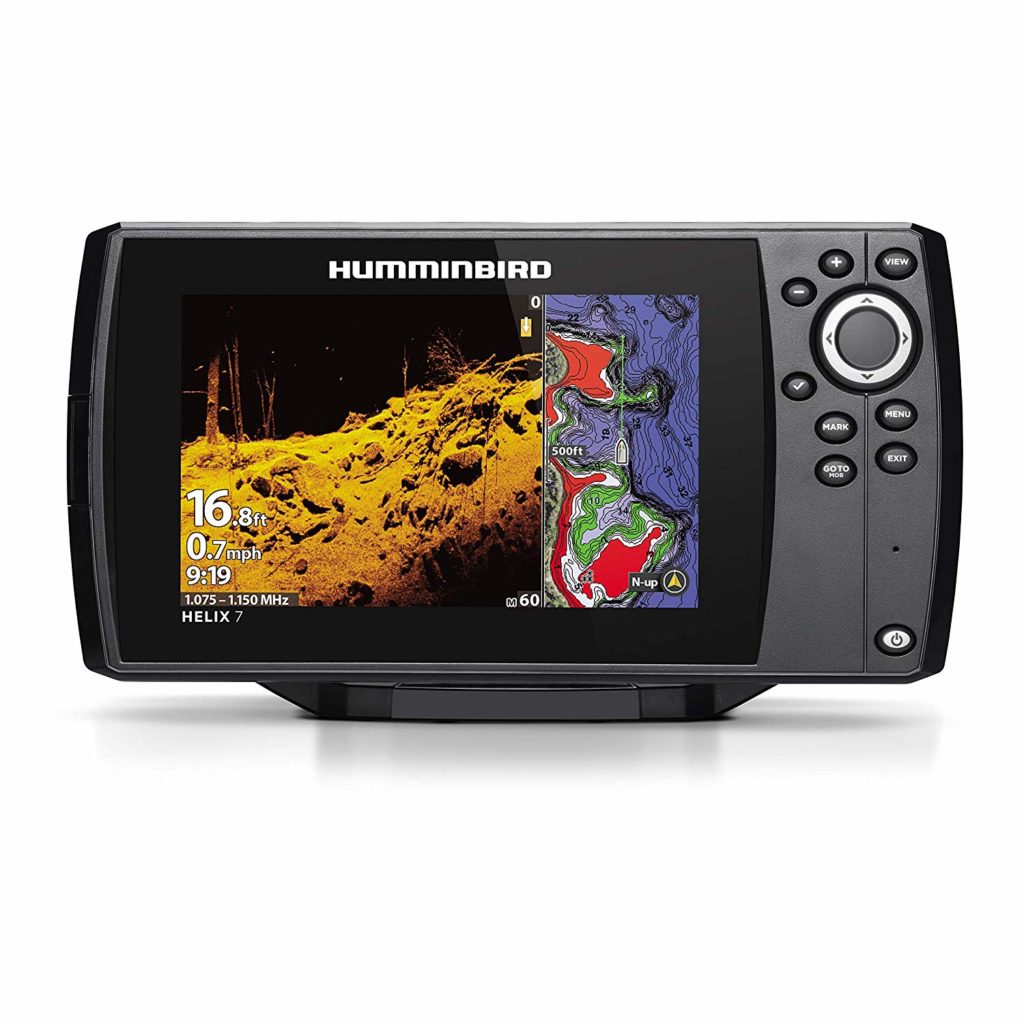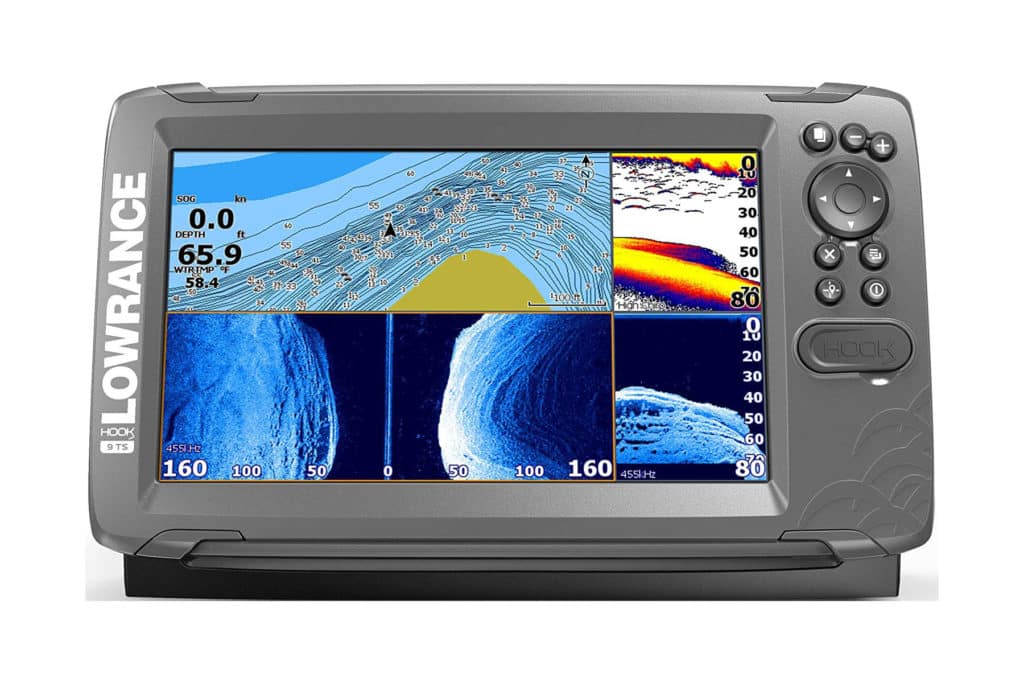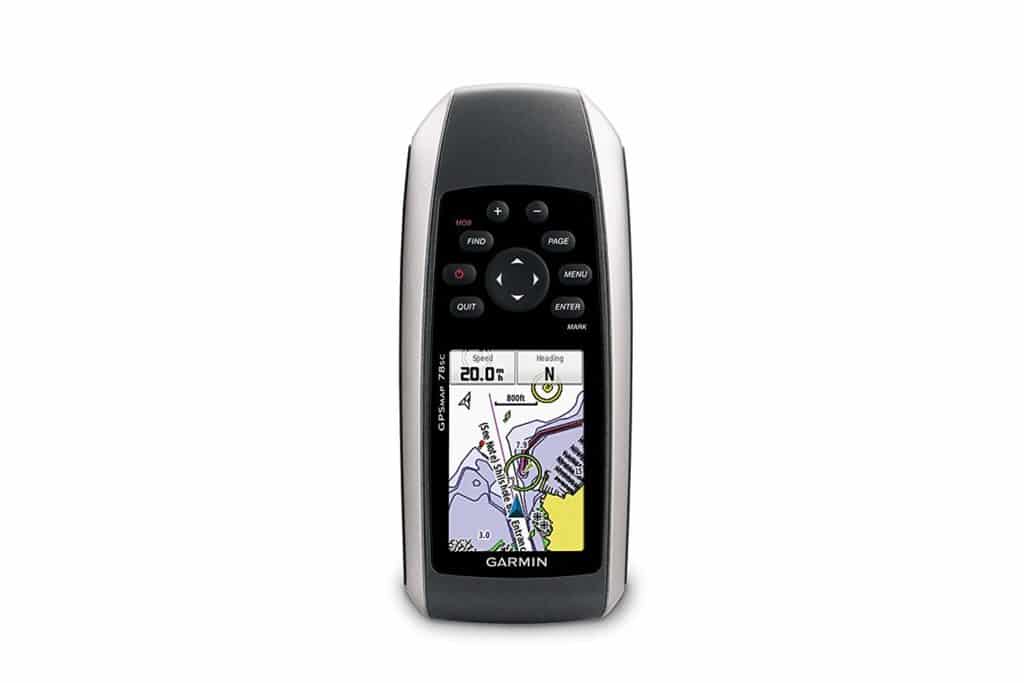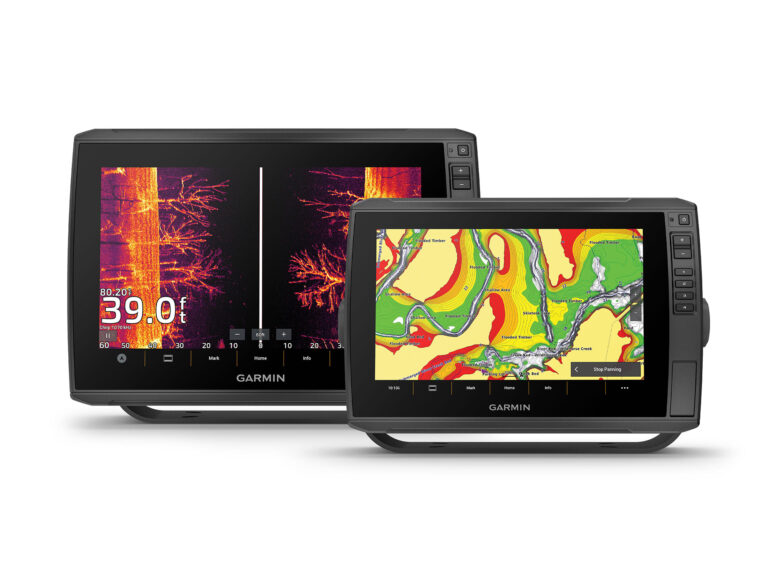Paper charts will always have their place (and continue to serve as a reliable backup), but modern chartplotters have arguably long surpassed their paper counterparts for both quantity of information and ease of use. Plus, unlike paper charts, a chart plotter always know where you are…even if you don’t. Here’s how to choose the right chartplotter for both your needs and boat layout.
Choose A Size That Not Only Fits Your Helm…But Also Your Eyesight

Many boats are set up with designated space for additional marine electronics, often in the form of a flat spot on the vertical face of the dash. Pick a chartplotter that fits within your boat’s confines, but remember bigger is usually better. Larger screens (at least 5”-6”) will be easier on aging eyes as well as visible from further away. They also make sense should you want to “split” the screen or zoom in on a particular spot.
Compare Power…And Transducer Size

Chartplotters are often combined with fishfinders to offer a visualization of what’s waiting below. For this purpose, power and transducer size determine just how deep you’ll be able to look. For shallower depths (up to 200’), units with 100-300 watts should prove adequate. Boat in deeper waters, however, and you’ll need more power to truly see what’s waiting below. You’ll also benefit from a transducer with a more focused beam. Look for the size of the transducer crystal; the larger it is, the more focused the beam…and the deeper it will penetrate.
Don’t Overlook A Handheld GPS

Chartplotters are often overkill on a smaller runabout that rarely sees fishing duty, or aboard a vessel that never ventures out of familiar territory. Still, a chartplotter’s basic functions will always come in handy. Handheld GPS models typically feature preloaded charts that provide much of the same functionality in a compact package.









